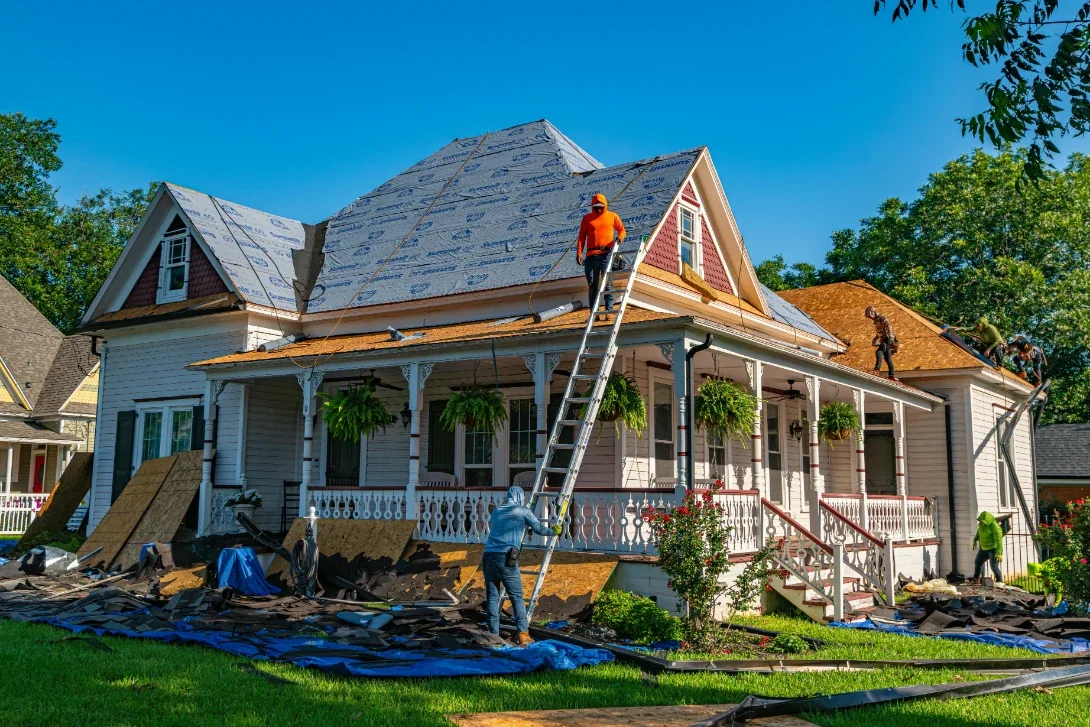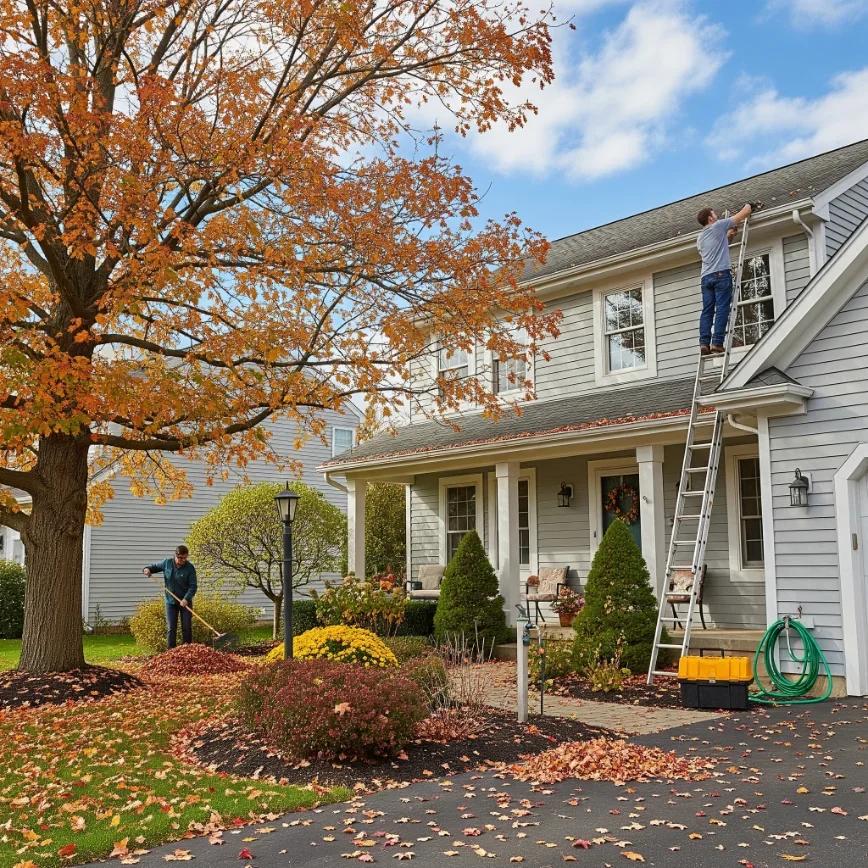Home vs Commercial Restoration: Protecting Property And Minimizing Downtime
Learn the key differences between home and commercial restoration, including strategies to protect property, reduce damage, and minimize downtime effectively.
Restoration after property damage is a complex process that requires quick action, strategic planning, and the right expertise. Whether a home has suffered water damage, fire, or storm impact, or a commercial property faces disruption due to similar issues, restoration efforts play a critical role in minimizing losses and ensuring safety.
Homeowners and business owners often face unique challenges in restoring their properties, and understanding the differences between residential and commercial restoration can help make the process more efficient and effective. This guide explores key aspects of home and commercial restoration, emphasizing strategies to protect property, reduce downtime, and maintain peace of mind.
Commercial Property Assessments and Considerations
Commercial restoration demands a different approach due to the scale and nature of business operations. When a business property experiences damage, such as from fire, flooding, or structural issues, the priority shifts to minimizing operational downtime and safeguarding valuable equipment and records, New York restoration experts explain. Assessments often require specialized tools and expertise to identify hidden risks in larger spaces, including electrical systems, HVAC units, and critical machinery.
Business owners face pressure to resume operations quickly, so restoration teams must coordinate with management to develop efficient plans. Insurance plays a significant role in commercial restoration, and claims may involve complex documentation to cover losses, emphasizing the need for experienced professionals who understand the technical and administrative aspects of the process
Assessing Damage
Home restoration begins with a careful assessment of the damage. Residential properties often have personal belongings and family items that require extra care, making the evaluation process more delicate. Professionals focus on structural integrity and on the safety of occupants, including children and pets.
Addressing issues like mold growth, water leaks, or smoke damage quickly is crucial to prevent long-term problems. Homeowners must consider insurance coverage, as understanding the terms and limits can influence the restoration approach. The emotional impact of property damage in a home adds an additional layer of complexity, as restoration teams often work closely with residents to ensure minimal disruption to daily life while protecting the structure and personal possessions.
Water Damage Restoration
Water damage is one of the most common restoration challenges for homes and commercial properties, but the approach differs based on property type. In homes, water intrusion often comes from burst pipes, roof leaks, or flooding, and restoration involves drying out affected areas, preventing mold, and salvaging personal belongings. In commercial properties, water damage may affect large floors, storage areas, or equipment critical to business operations.
Quick mitigation is important to prevent extensive downtime, loss of inventory, or operational setbacks. Commercial restoration often involves industrial-grade pumps, dehumidifiers, and moisture detection systems, whereas home restoration relies on targeted solutions that prioritize living areas and family safety.
Fire and Smoke Restoration
Fire incidents present unique restoration challenges that differ between residential and commercial properties. In homes, smoke and fire damage can affect structural elements as well as personal items, requiring careful cleaning, deodorization, and reconstruction. Families often need temporary relocation, making timing and communication crucial.
Commercial properties face larger-scale damage that can threaten business continuity. Smoke may infiltrate equipment, inventory, and sensitive electronics, requiring specialized cleaning and restoration techniques. Rapid response is critical to prevent secondary damage from smoke corrosion or soot accumulation.
Mold and Environmental Hazards
Environmental hazards, including mold and chemical contamination, are concerns for residential and commercial properties but vary in complexity and scope. Homes are susceptible to mold growth from prolonged moisture exposure, which can affect health and compromise the living environment. Restoration focuses on containment, removal, and prevention of future growth.
In commercial settings, mold or hazardous substance exposure can have serious implications for employee safety and business liability. Large-scale remediation may be required, involving air quality monitoring, protective gear, and strict compliance with health regulations. All scenarios highlight the importance of addressing hazards quickly and thoroughly to protect occupants and reduce the risk of ongoing damage.
Minimizing Downtime
Minimizing downtime is a priority in home and commercial restoration, though the stakes differ. Homeowners aim to return to a safe and comfortable living space as soon as possible, coordinating temporary accommodations, repairs, and insurance claims. Commercial properties require more strategic planning to resume operations, including securing the site, restoring utilities, and salvaging important equipment.
Restoration teams often implement phased approaches, allowing critical areas to be restored first to support partial business functions. Effective communication between property owners, restoration specialists, and insurers ensures that recovery moves smoothly, reducing stress and financial impact.
Restoration of any property, whether residential or commercial, demands expertise, timely action, and strategic planning. Homeowners must focus on protecting family safety and personal belongings, while businesses prioritize minimizing operational downtime and safeguarding critical assets.
Understanding the unique challenges of each property type enables more efficient restoration, reduces long-term losses, and supports a smoother return to normalcy. By addressing damage quickly, employing the right tools, and coordinating with experienced professionals, property owners can restore their spaces effectively and gain confidence in the resilience of their property investment.







